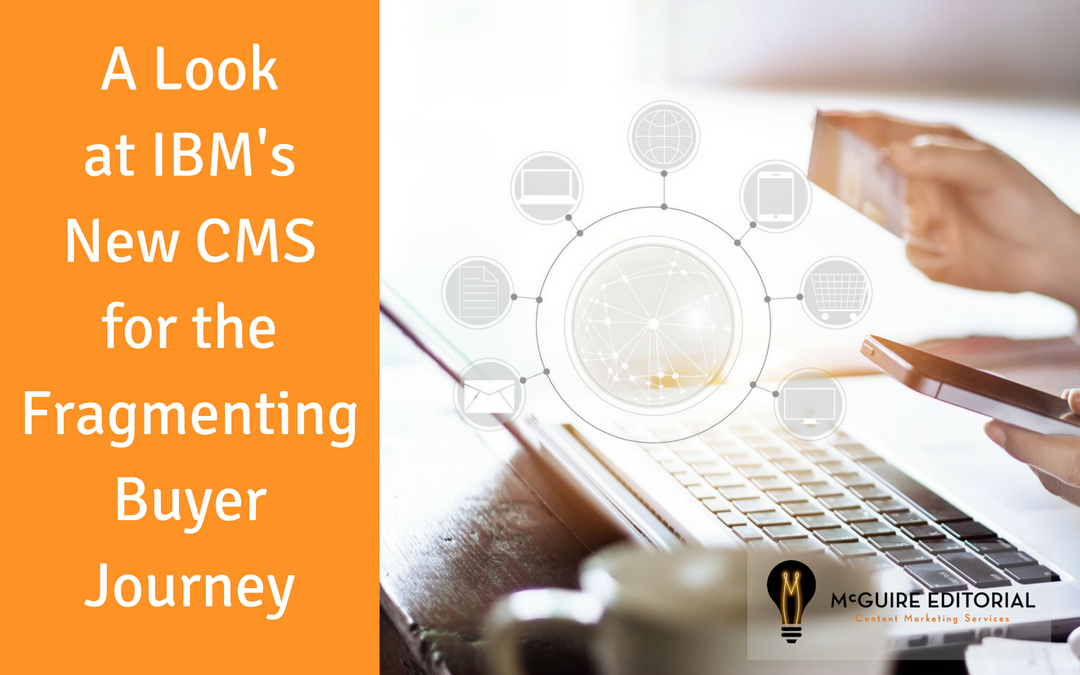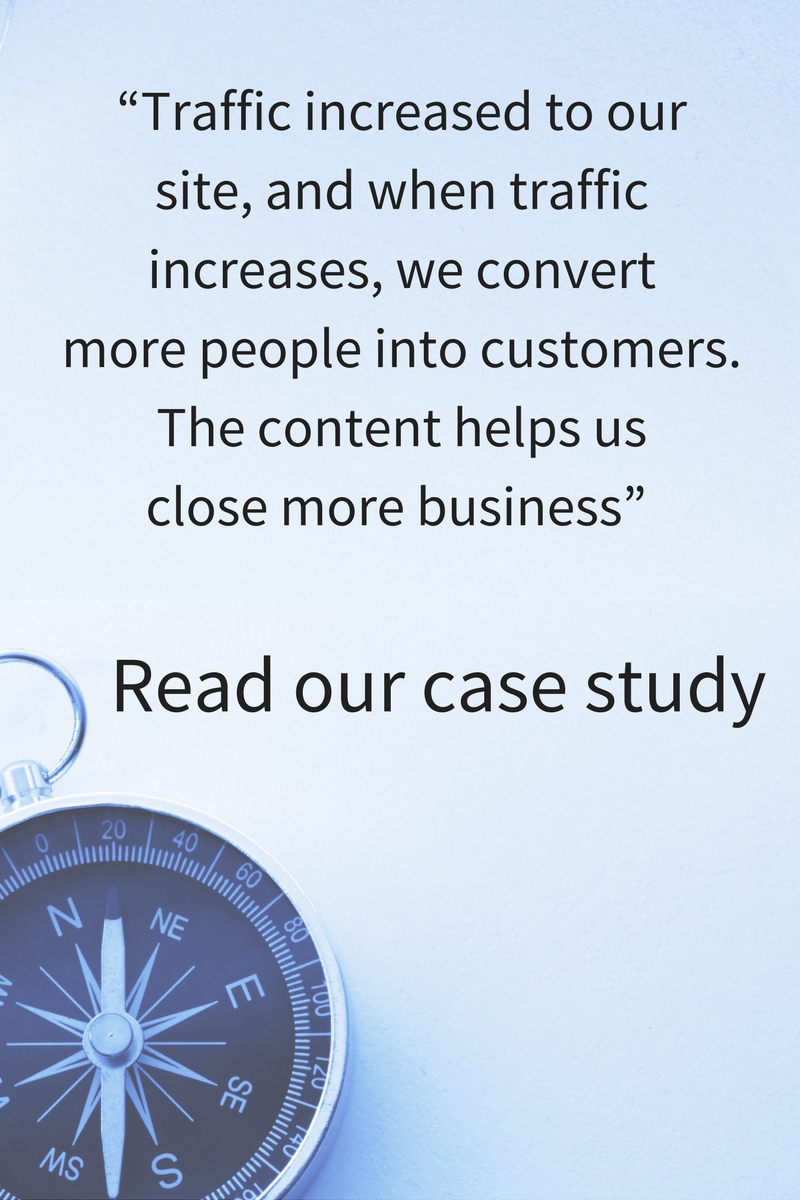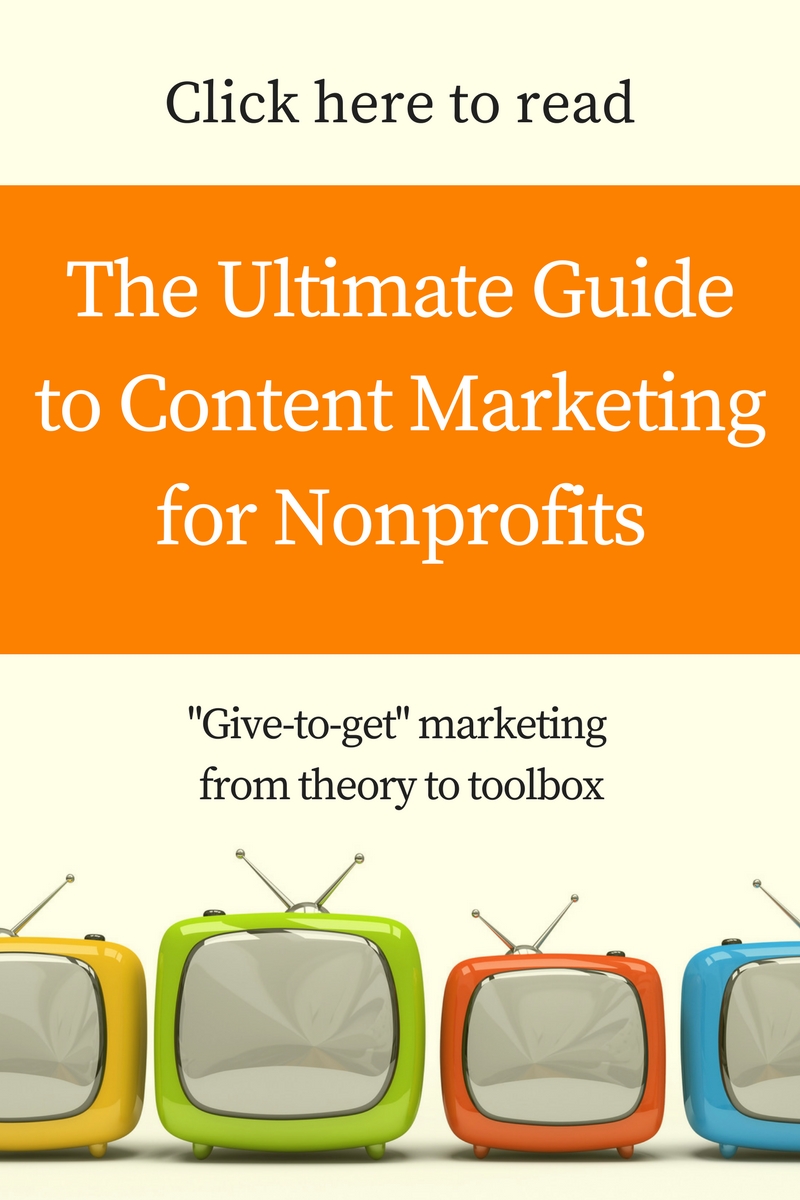IBM recently announced the launch of a new product in the martech space, IBM Watson Content Hub, a content management software designed for the transformation to omnichannel marketing and that is “cognitive-infused,” meaning it is built on the power of Watson.
IBM describes Content Hub as a SaaS CMS that leverages cognitive capability, combined with a simple user interface for the line-of-business user and that allows any developer to pick and use the content in any appropriate digital channel.
At $250/month, Content Hub isn’t targeting the large enterprise market so much as individual users within those companies who want to move quickly to develop and distribute content effectively for emerging channels.
I asked Brian Chaput, the head of offering management for Content Hub, to tell me more about why IBM brought this new product to market, its use cases. who it is intended for and the future of marketing technology.
IBM already has an enterprise content management software. Why develop this new CMS?
We have a long history as a web content management solution provider. That still has great value for the web channel. We started to see the explosion of other digital touchpoints that have to be served — social ads, landing pages, marketing microsites. New wearables have a display and a need for content, although not content you’ll get on a full browser experience. A connected car. With the explosion of the Internet of Things, we honestly don’t know what the next touchpoints will be, but there will be more.
So the real challenge we heard organizations talk to us about was, “Not all the same people own those channels. Ideally we would, but the reality is that some come into organizations with different initiatives.” Mobile applications tend to grow up as separately built and managed channels than did traditional websites.
So there was often this conflict. “Is there a single source of truth for content to make sure the person responsible for representing the company’s image in the mobile application was using the same imagery, text and messages as the person working on the web?”
This idea of a hub came to fruition — one place to manage all your digital assets and content and make it available so the owners of those channels could peruse and create and add content to it but also access it and make it available.
Just think about it as a hub and spoke, the hub is the content and all the spokes are just those different digital touch points.
Your demo used the example of images for ads and sales pages. Is this applicable to longer written assets like white papers and blog posts?
Think of it as any asset that can be digitized. It can be stored as content inside of the solution with some ability to create different versions or what we call in the image world “renditions.”
A photographer can create a catalogue of images that I might use for my ecommerce site or marketing site, but I know I need one image that’s of a certain size to be a banner on a web page. I need another one to display on a phone. I need a thumbnail I want to use on another application or use case. I as the owner don’t have to worry about all those renditions. I define immediately when an image gets uploaded that I’m going to go ahead and have that create all the renditions for me.
For a PDF or something like that, we don’t do any manipulation, but in both those cases of the image and the document we apply cognitive tagging.
That’s where Watson comes in?
Yes. You don’t want to just upload 100 images. You want to organize them. Typically you create a bunch of folders. With cognitive tagging you don’t have to worry about that. We provide visual recognition, and we analyze images as they are being uploaded through that Watson service and it returns suggested tags.
If there is a person sitting on a bicycle in a field it’s going to tag “bicycle” and if it’s a man or a woman and whatever the background is. It creates all that for you, which you can accept, and you can add your own tags. We also do that for text. When a PDF file is imported it also gets scanned for keywords and those key words become tags that can apply to it.
It becomes a way for organizations to have a single source of truth where all the content is in one place but the way in which you find and search for it becomes much simpler.
We think of it as a headless content management system. That’s the term we use often, or content as a service. The rendering of it is up to the person responsible for deciding how they want it to look on that particular channel.
Is this a new product category in marketing technology?
There are great full-fledged content management solutions. They can serve this requirement to some extent, but it’s typically a long time for implementation and installation of the software. They probably confine who has access to the system because it’s using an enterprise-wide content management software. Those solutions are a significant investment in the hundreds and thousands of dollars.
This solution is well suited for what I would describe as task or project-management use cases. That’s often how folks will start with it — that idea of, “I need to get some content quickly manage and store for a small campaign. I need a bunch of microsites. I don’t want to go to IT and have to wait weeks for them to help me set up a proper template.”
So we’re having the line-of-business people turning to off-the-shelf solutions or on-the-cloud solutions.
That’s a departure for IBM.
People don’t always think of IBM as having solutions for the lower end of the market with a low price. But we have the full scale of our distributed layer of cloud infrastructure worldwide, and that means we are bulletproof from a perspective of being a scalable solution and offering full redundancy.
We’re not saying this is a replacement for a full enterprise content management solution, but we are starting to see this burgeoning requirement for ad hoc use cases where users are struggling to pick up where that other solution might become limited in other digital channels that they want to push content into.
It ultimately becomes a complementary solution for most of our enterprise customers. Because we have an enterprise CMS as well. We configured this in such a way that you can create content in this solution and have it leveraged by our enterprise content management software, and quite frankly so can other content management solutions providers, because it is an open API.
What size company are your targeting?
We’ve seen organizations of every size look at or leverage the technology. IBM does very well serving Fortune 1000 customers. This will absolutely allow us to the opportunity to get to organizations of a smaller scale. At $250 a month, I would say that we can go as far down market as we need to go. It’s attractive to the end of the market that says, “I don’t have a relationship with IBM as an enterprise customer and I’m not sure I want to, but this capability can help me.”
Including marketing agencies?
We’ve had some outreach from a couple of digital marketing agencies that are interested.
Doesn’t Watson also get better over time?
The tagging part is the first step in the cognitive capabilities. As the customer starts to use this for organizing, we start to create a loop to give feedback to the visual recognition service so we can help it learn the best tag to offer.
It starts with organization, and then it starts to learn, and then the next will be reasoning. If people are using this with the IBM marketing cloud they’ll have some nice analytics capability. So we can start to say what particular campaign or what email was more effective than another.
If the ones that were more effective were all using a certain image, it can start to say this sort of image tends to be more effective in a particular use case or for a particular demographic.
We have a lot of data scientist starting to think of different ways we can do that, and maybe we can get to a point where it does not even ask you if you want a particular piece of content. Maybe it just does that automatically. You would have to be pretty confident in your system that you want to do that. I think that can happen over time. That is the journey we see transpiring for use of this.
It sounds like this is part of a trend of services to deal with the fragmentation of the customer journey.
Content-as-a-service is part of what some analysts predict as a larger trend of microservices addressing exactly to the problem you state. The customer journey used to be linear. You used to have a storefront or catalogue, and somebody called you up, and you knew the initial touchpoint and what it would take to progress them through to a sale. The whole world of digital touchpoints has blown that up. There is no linear journey any longer. People want whatever they want from whatever device they choose, and the form factor gets dictated by that.
Digital architects, which is different from the traditional technical architect, approach everything from that digital perspective. Their preference is to say, “I know I need content. I know I need commerce services. I know I need to have a shopping cart. I need to have a payment processing and a checkout, and I need to have different marketing offers. But I don’t want to be told I can only present those in the way that particular tool requires. Let me create for that channel touch point. I don’t want the services to dictate or force me do anything because I want to put it together.”
It’s a bunch of Lego blocks to assemble. That’s the best analogy I’ve heard. Taking these services and putting them in a bag in front of a customer and letting them say, “I don’t need a full-blown shopping experience on a watch. I just need buy now, click here, put in the cart, process and I’m done.”
This offering is in that microservice space — or a headless service. We could keep calling it a lot of different things, but the idea is that it’s up to you to decide if you want that flexibility.
Related reading
Look In the Mirror To Understand the Content Marketing Trend
The $50 Billion Waste in Marketing – Content Pulse 10/2
Is the Human Element Missing from Martech? – Content Pulse 9/23
Smart Marketing Doesn’t Happen Automatically – Content Pulse 9/9
The Growing Digital Marketing Skills Gap – Content Pulse 8/12

Robert McGuire
Owner
I have a vision of a content marketing agency that consistently produces standout material aligned with my clients’ business goals.




